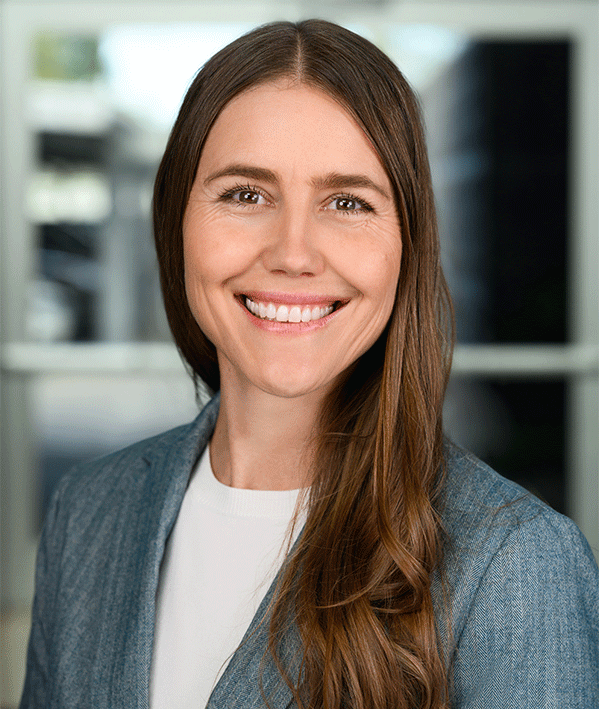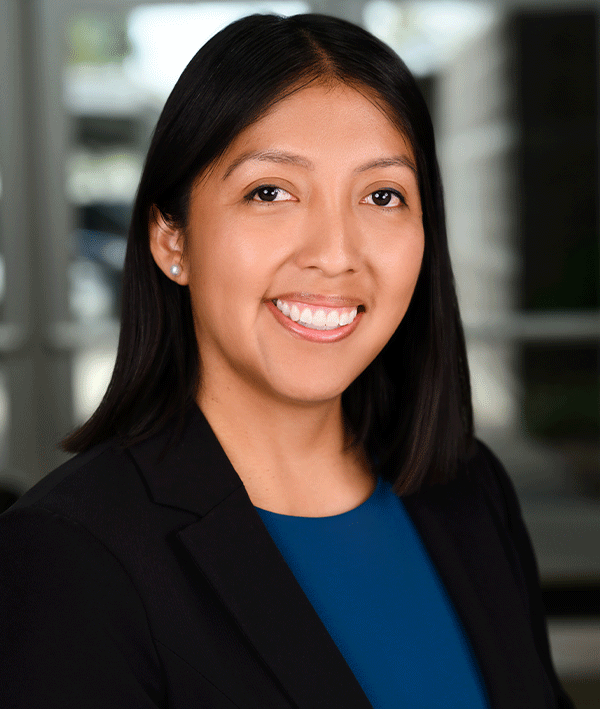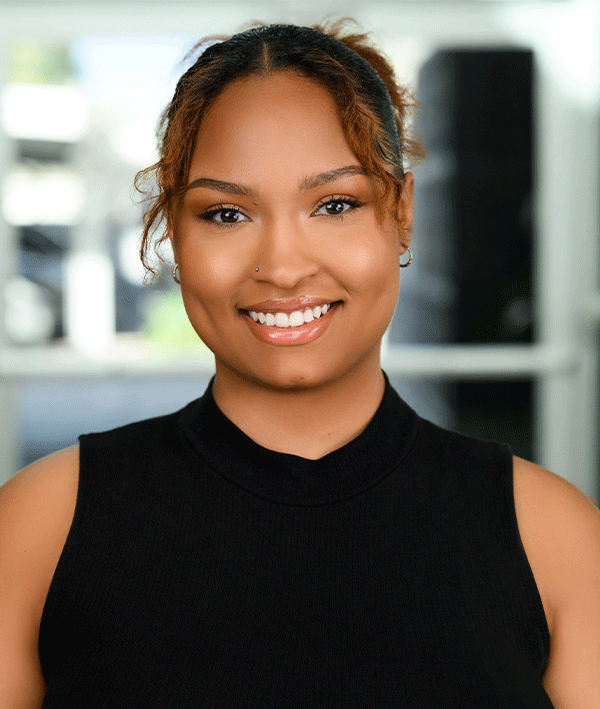On the Road 2010: Day Eleven
Each summer the Flinn Scholars Program takes an entire class of Scholars to Budapest, Hungary, and neighboring Romania for a three-week seminar on the emerging democracies of Eastern Europe. Here’s a day-by-day account.
Katherine Cai ('09)
Today was our first official day in Szeged, and the travel toward the Eastern border of Hungary definitely brought a nice (and warmer) change in weather. We met a guide for a sightseeing tour of Szeged. It is a beautiful small town with a rich history. Destroyed by a periodic flooding problem, the city at one point had 17,000 people left homeless. However, the people of Szeged take a lot of pride in their ability to rebuild most of the city in only four years.
We walked around the quaint walkways to look at the beautiful new architecture of city hall, the library, the church, and the main squares. We also had the opportunity to see some of the original houses that had survived the flood, identifiable only by the very low windows, which had originally been a part of the second floor of the house. After the beautiful tour of the sunny city, everyone ran to the gelato shop on Karasz Street. We all enjoyed a little break, and the most popular gelato flavor was by far the Ferrero Rocher.
Afterward, we took a bus ride to the Opusztaszer historical memorial park. We learned how to make paper and we saw the progression of life in Hungary over the years. We looked at some traditional Asian tents from Kazakhstan and Mongolia - a sneak peek into our living conditions for the night! We stopped for a small sandwich and fruit picnic before visiting the Feszty panorama. This painting is 15 meters high and 120 meters long, and depicts the historical legend of the Hungarian tribes arriving in the Carpathian Basin from the East. The size of the panorama itself left everyone in awe and the grandeur was only exemplified further by the landscape around the painting that highlighted the details of the multiple contributing artists and made the painting seem three-dimensional.
We met up with our contact from Szeged, Panka, and some other Hungarian students from the area. We all drove to the Jurtatabor Horse Ranch, where we were going camping in the traditional Asian tents that night. We all had the opportunity to ride horses and do archery. Michael (Young) and Kata even joined us for the activities! We even found out that we have some superb archers among our group!
We headed back for dinner, and after the Hungarian students surprised us with a juggling act involving seven balls and sock poi. We all tried out juggling and sock poi but we no no match for those guys. We also got a pretty intense soccer game going until it got dark, and then the Hungarian students surprised us again by putting on a fire show using the sock poi! Matt pulled out his violin, and we all enjoyed music and some singing. Some people headed out to take a walk in the dark of the night and explore the ranch and others did some stargazing. We ended the evening by singing a bunch of Disney songs as the bonfire died down and then we retired from the cold of the nights and the pestering mosquitoes to our tents.
Today was another day of learning, but I think it is really significant because it was a day full of those few lifetime experiences and opportunities. Visiting the Keszthely Castle and playing hide and seek in the dark was something that I knew I would never be able to do again. But just today I was able to do archery and experience raw nature with the old-style tents and our "outhouse," which was really just a glorified hole in the ground.
This trip has undeniably already taught us so much about the history, language, culture, and status of Hungary, but it has also fostered those once-in-a-lifetime learning opportunities that just give you the goosebumps. Tonight I saw my first shooting star as I lay out in the grass under the starry clear sky of Hungary with some of my closest friends, and I believe that aspect of the trip really speaks for itself.


